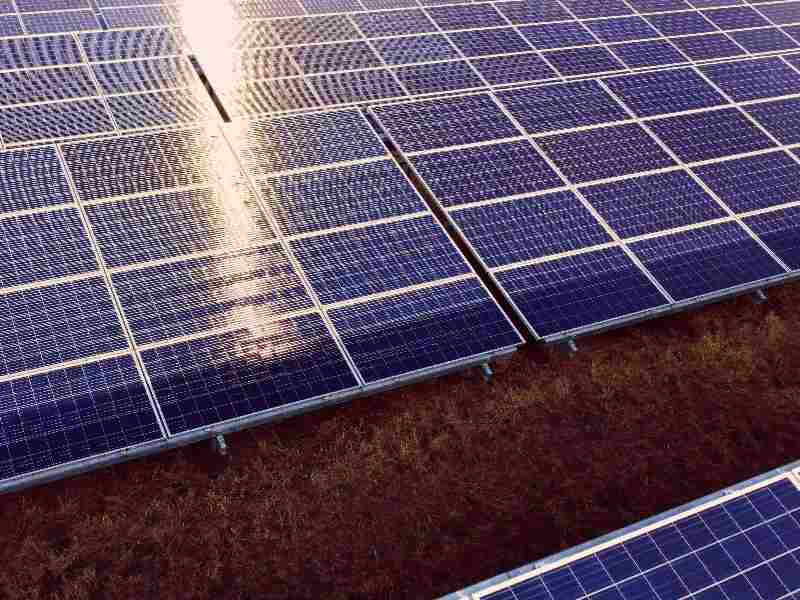Washington supports the development of renewable energy in Angola. The US Exim Bank has approved a $900 million loan to the Angolan Ministry of Energy and Water. The financing is intended for the construction of two solar photovoltaic power plants with a combined capacity of 500 MWp.
The project to build these two solar farms, announced on the sidelines of the G7 summit in 2022, is an initiative of the Angolan government, in partnership with the American companies AfricaGlobal Schaffer and Sun Africa. Sun Africa has pledged to invest $1.5 billion in Angola’s water and energy sectors from 2021. With an office already set up in the Angolan capital Luanda, Sun Africa aims to make these investments in the southern provinces of Cunene, Namibe, Cuando Cubango and Huíla.
A record loan from the US Exim Bank for renewable energies
The $900 million loan to Angola “is not only in line with President Joe Biden’s Global Infrastructure and Investment Partnership (GIIP), but also advances US Exim Bank’s efforts to promote clean energy exports, strengthen U.S.-Africa trade relations, and support U.S. exporters and workers facing foreign competition,” explains Reta Jo Lewis, Chairman of the Board of US Exim Bank.
The Washington-based financial institution is also providing this financing as part of the China and Transformational Exports Program (CTEP), a programme mandated by the US Congress to support American exporters facing competition from China. And in the solar market, Chinese companies are leading the way, supplying equipment throughout Africa and elsewhere in the world. The largest solar power plants in operation, or currently under construction, notably in South Africa and Egypt, are equipped by Chinese manufacturers.
This is the case of the Kom Ombo solar power plant, whose modules will be supplied by LONGi. When it comes to solar energy, China is by far the biggest market, with 174.8 GW of installed capacity in 2018, and supplies 60% to 70% of the world’s solar panels, according to the Futura-Sciences platform. Angola, which is banking on this energy to develop its economy, is 56% dependent on hydroelectricity (out of an installed capacity of 6,143 MW), according to Power Africa.

